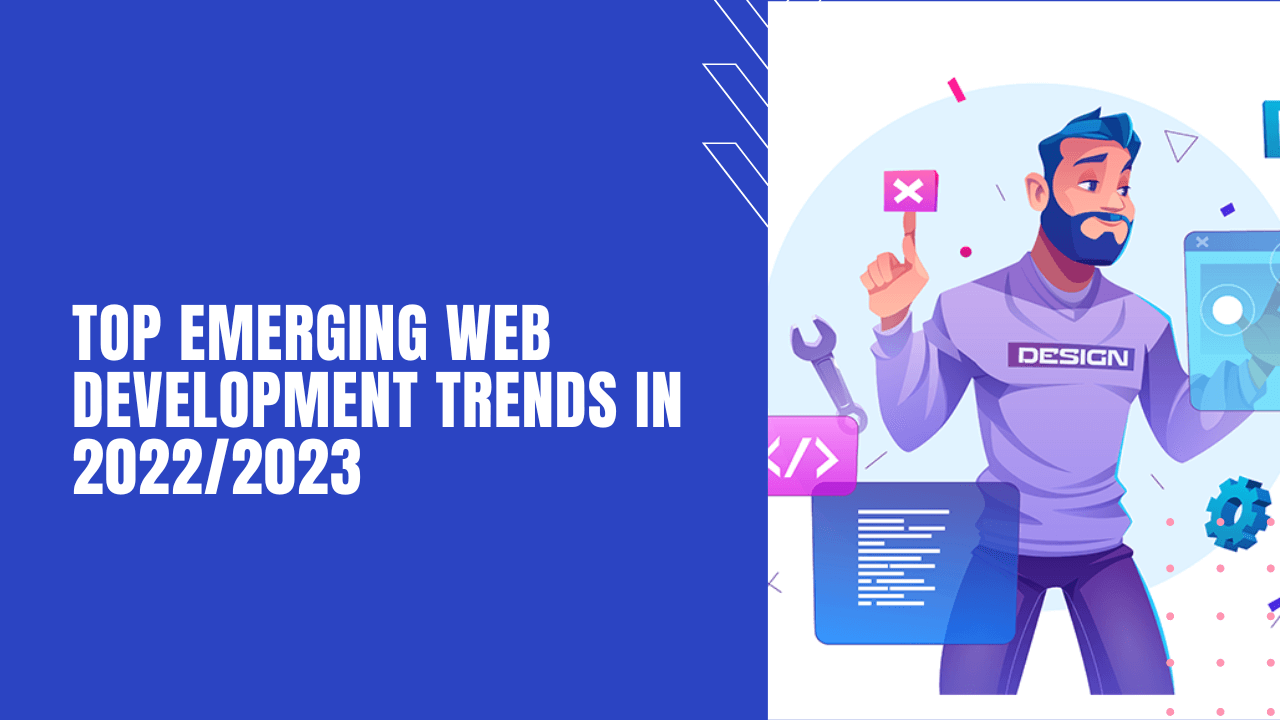With the year 2022 bidding farewell to Q3, we all are excited about the possible technology trends in the soon-to-come new year. While there have been multiple upgrades to the existing technologies via software updates and innovation in the usage, everyone’s gazing at the full stack development trends.
Full-stack development is a cost-effective solution for software development projects with ever-growing popularity in the IT world. Full stack development mainly involves a unified team or a full stack developer responsible for the frontend and backend development of the project.
However, it is critical to stay tuned with the latest trends to make the most of a full-stack development approach. This blog exposes the top 7 full-stack development trends expected to follow in 2023.
1. Sentiment Analysis
Notably, the sentiment analysis’s CAGR (compound annual growth rate) stands at 14.82% from 2022 to 2030, and it made a whopping 3.15 billion in 2021. Dominating Asia-Pacific’s large and mid-scale enterprises, sentiment analysis will be a critical trend in the upcoming years. Unlike old times, web visitors are witty and prefer to play with words when reviewing Websites, OTTS, eCommerce platforms, etc.
A growing enterprise values each review and views them as an integral tool for developing advanced and innovative solutions. Sentiment analysis makes it easier for companies to differentiate between positive and negative reviews and handle them effectively.
2. Wearables Compatible Apps
Wearable compatible apps are rising, and full-stack web developers have already begun embarking upon them. With a significant chunk of smartphone users turning to wearables, one can no longer ignore the significance of apps with high UX over wearables.
As per research by Statista, wearable users grew from 325 Million in 2016 to 722 Million in 2019. Moreover, with its ever-growing popularity, it is expected to surpass 1 billion users by the end of the current year (2022). Notably, the market size value in 2021 was USD 47.89 billion for the United States. Full stack development service US creates mobile apps that are compatible with healthcare and other wearables.
The following infographics offer insights into the number of wearable devices by region.
Apps developed for wearables must have good glanceability as users leverage them to view notifications, calls, etc. So, do not junk the app screen with unnecessary details or information.
3. Super Apps
With multiple daily usage applications trying to provide financial and eCommerce services, we are witnessing the uprising of super apps. WhatsApp launched a shopping button in 2019 and a payment feature in 2020. With an already loyal customer base, it is easier for large-scale enterprises to upgrade and make the most of the super apps.
The following infographic provides insights into Americans’ interest in super apps.
Inevitably, super app development requires a more significant investment than simple apps as they tend to resolve multiple issues with simple apps. However, with the right combination of ideas, one can make a successful super app via a full-stack development agency.
4. AR-based eCommerce
AR integration has become a predominant aspect for full-stack developers when creating eCommerce-based websites and web apps. 31% of online shoppers trust AR to discover a product’s 360-degree visualisation or to check the appeal themselves. Another 25% of users trust it to find out how a product would look in the surrounding.
To find out more, look at the infographic below:
AR is among the most disruptive technologies worldwide and significantly impacts global eCommerce sales. With growing consumer interest, 2023 is bound to witness more AR-based eCommerce development projects.
5. Blockchain
As a decentralised application, Blockchain provides users with immutable records. Although primarily associated with fintech, BlockchainBlockchain is a part of diverse industry verticals. Business organisations trying to maintain authentic records turn to BlockchainBlockchain without a second thought.
The notable blockchain application includes banking, cryptocurrency, healthcare institutions, etc. The figure image below provides more information.
Blockchain technology simplifies money transfer and digital currency transactions for users worldwide. The lucrative demand for BlockchainBlockchain will continue to rise in the upcoming years.
6. PWAs
Progressive web applications have significantly altered the web development paradigm by providing the combined benefits of web apps and mobile apps. PWAs come with device leveraging capabilities and do not require users to find and download them from the app market.
The figure image below lets you know what eCommerce enterprises think of PWAs implementation.
Unlike native mobile apps, PWAs are much lighter in size and provide a good speed performance too. Worldwide global brands like Twitter, Forbes, Starbucks, etc., have launched their PWAs and enhanced their performance effectively. For example, Twitter decreased its bounce rate by 20% with the launch of its PWA.
7. AI & ML
Artificial Intelligence & Machine Learning continues to dominate the IT industry with exceptional applications. While Artificial intelligence refers to the computer simulation resembling human intelligence, Machine Learning is the subset of AI dealing with algorithms and data.
AI and ML are famous as disruptive technologies and have significantly impacted the software development industry. Many AI applications consumers use on a regular note remain entirely unaware. For example, chatbots, text prediction during typing, speech recognition, etc., are combined applications of AI and ML.
Wrapping Up
That was all about the top full-stack development trends we can expect in 2023. While Blockchain, AI & ML, and AR have been on the list for the decade, PWAs, wearables-based apps, and sentiment analysis are new players.
When investing in full-stack development services, make sure that you leverage these technologies based on your target audience and business niche.

